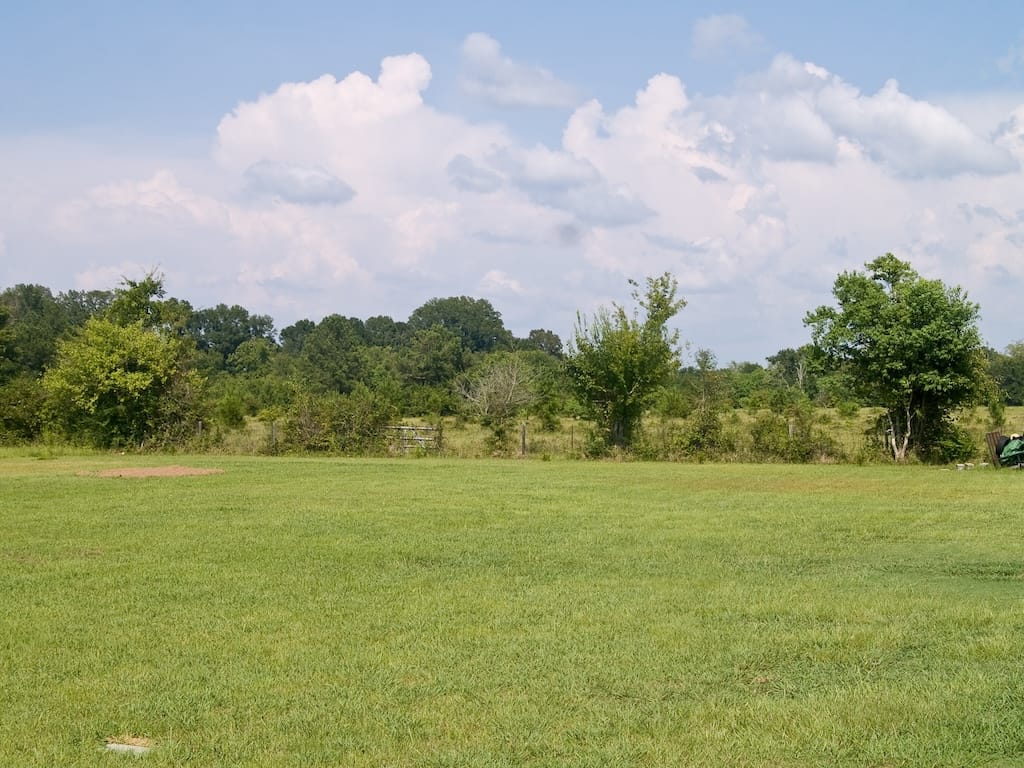Alabama’s BEAD Initial Proposal, Volumes One and Two
The state is asking for a waiver to open up RDOF areas to BEAD applications.
Jake Neenan

Alabama released a draft of its Broadband Equity, Access and Deployment initial proposal on November 14.
It was part of a wave of states and territories that began seeking public comment on their drafts in recent weeks. All 56 have now done so.
After a 30-day comment period, states and territories are required to submit their proposals to the National Telecommunications and Information Administration by December 27. The proposals come in two volumes: volume one details how states will ground-truth broadband coverage data, and volume two outlines states’ plans for administering grant programs with their BEAD funds.
Volume one
The state is planning to adopt the NTIA’s model challenge process to accept and adjudicate claims of incorrect broadband data. The Federal Communications Commission’s largely provider-reported coverage map was used to allocate BEAD money, but is not considered accurate enough to determine which specific locations lack broadband.
Local governments, nonprofits, and broadband providers are able to submit those challenges on behalf of consumers under the model process.
Alabama is also electing to use one of the NTIA’s optional modifications to the model process. The state’s broadband office will designate all homes and businesses receiving broadband from copper telephone lines as “underserved” – and thus eligible for BEAD-funded infrastructure. The move is an effort to replace older technology with the higher speed fiber-optic cable favored by the program.
The state will administer two optional challenge types the NTIA laid out: area and MDU challenges. States are not required to use these, but most are planning to do so.
An area challenge is initiated if six or more locations in a census block group challenge the same technology from the same provider with sufficient evidence. The provider is then required to show evidence they provide the reported service to every location in the census block group, or the entire area will be opened up to BEAD funds.
An MDU, or multiple dwelling unit, challenge is triggered when three units or 10 percent of the total units in an apartment building challenge a provider’s service. It again flips the burden of proof, requiring providers to prove they give the reported service for the entire building, not just units that submit challenges.
Alabama’s broadband office is requesting a waiver from the NTIA’s rule around enforceable commitments from other funding programs. The state wants areas set to get broadband from the FCC’s Rural Digital Opportunity Fund to be considered unserved for the purposes of BEAD.
That fund, the state argues, has a deployment deadline too far in the future – six to eight years to BEAD’s four years – and is too prone to defaults to be a reliable alternative to BEAD.
Volume two
Alabama does not expect to have any of its $1.4 billion BEAD allocation left over after funding broadband infrastructure.
The state is planning to award that money in a single round of grant applications, but may administer a second, according to its proposal.
Like most states, Alabama won’t be setting a high-cost threshold before looking over all BEAD grant applications. That’s the price point at which the state will look to non-fiber technologies to serve the most expensive, hardest to reach areas.
Alabama’s broadband office is seeking comment on using the NTIA’s updated financing guidance, but plans on implementing it.
That updated guidance allows options which tie up less capital, like performance bonds. BEAD rules initially required a 25 percent letter of credit, which advocates and lawmakers warned could prevent small providers from participating in the program.
The public comment period for Alabama’s initial proposal is open until December 14.








